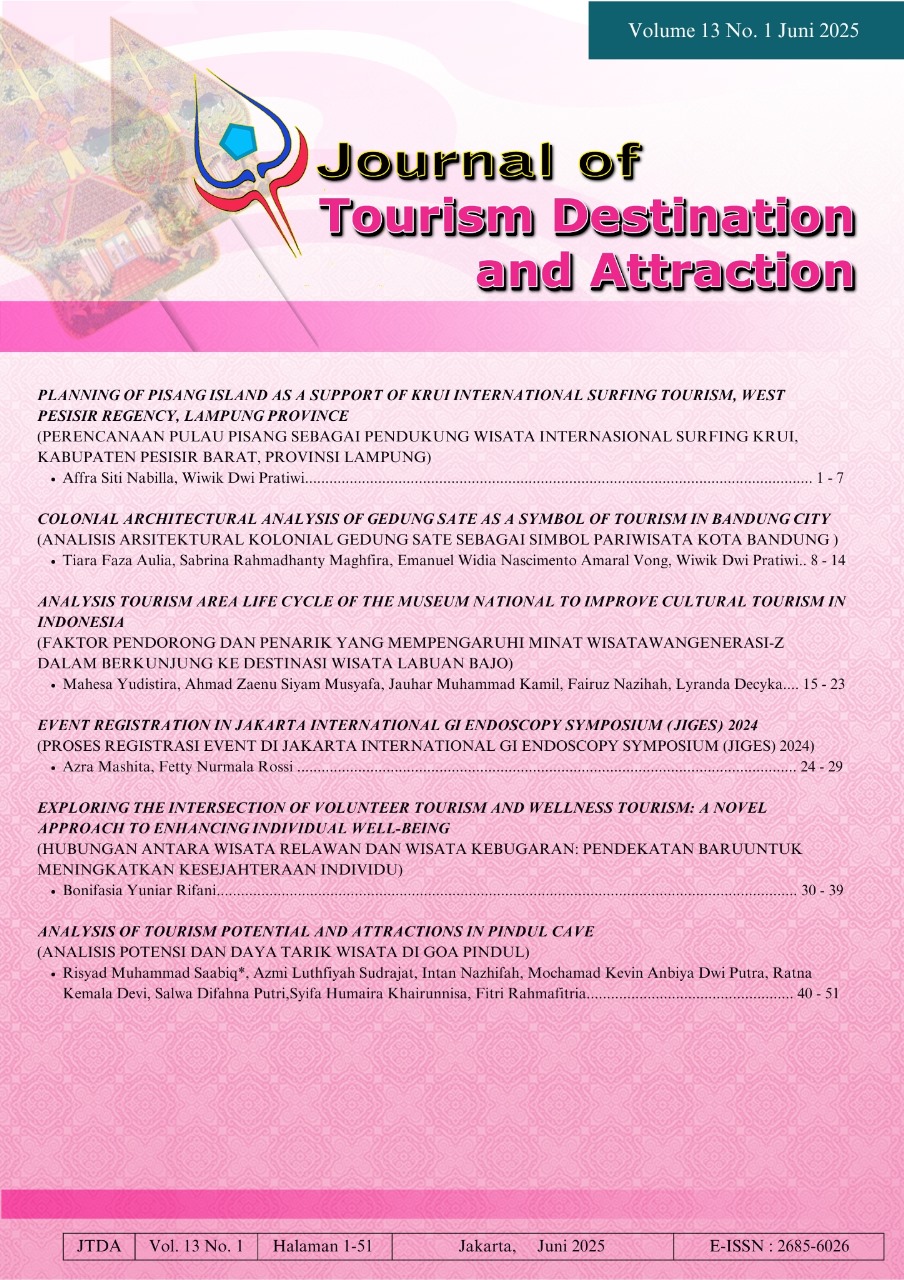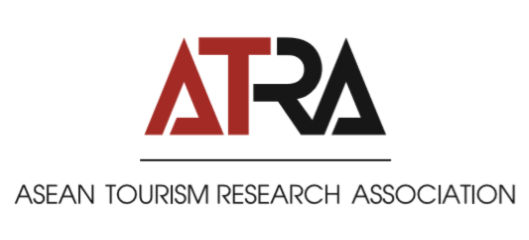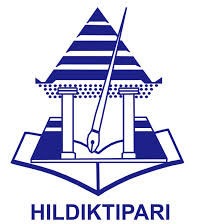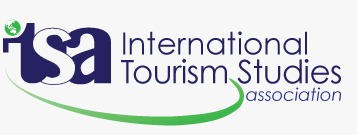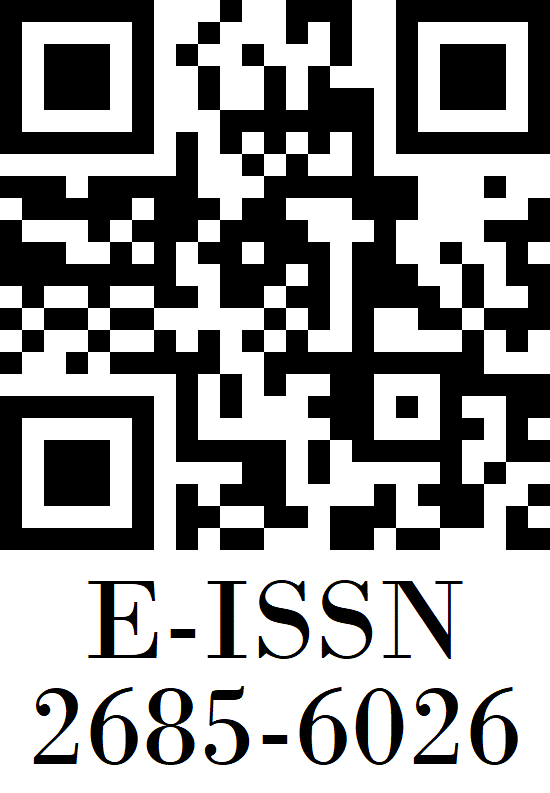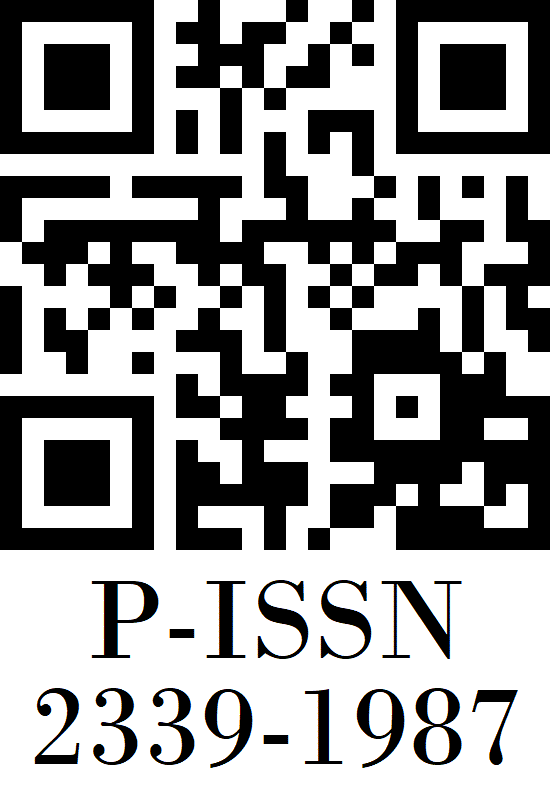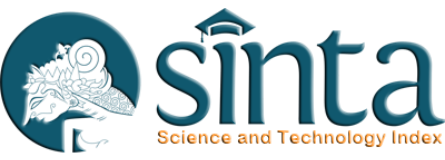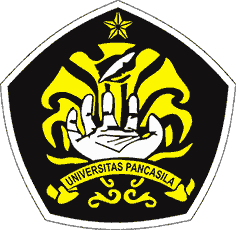ANALYSIS OF TOURISM POTENTIAL AND ATTRACTIONS IN PINDUL CAVE
DOI:
https://doi.org/10.35814/n8thp110Keywords:
Tourism Potential, Tourist Attraction, Nature Tourism, Cave Tourism DevelopmentAbstract
Tourist potential and attraction is an important factor in tourism development. Tourism potential can be interpreted as something that a tourist spot has and has an attraction, so that many tourists will want to visit that tourist spot. Pindul Cave has several potentials and attractions that can be developed. The greater the potential and attraction that exists in Pindul Cave, the greater the opportunity for strategy development. This research is useful in order to develop the potential and tourist attractions in Pindul Cave and this research was carried out to obtain information about the potential or attractions that already exist in the field. The method used is scoring with indicators from Leopold and Avenzora. By conducting this research, it is known that the potential and attraction of Pindul Cave, located in Bejiharjo Village, Karangmojo District, Gunungkidul Regency, is divided into two, namely natural attractions and artificial attractions.
References
Devy, H. A. (2017). Pengembangan Obyek Dan Daya Tarik Wisata Alam Sebagai Daerah Tujuan Wisata Di Kabupaten Karanganyar. Jurnal Sosiologi DILEMA, 32(1), 34–44.
Helpiastuti, S. B. (2018). Pengembangan Destinasi Pariwisata Kreatif Melalui Pasar Lumpur (Analisis Wacana Grand Opening “Pasar Lumpur” Kawasan Wisata). Journal of Tourism and Creativity.
Koroy, K., Yulianda, F., & Butet, N. A. (2017). Pengembangan Ekowisata Bahari Berbasis Sumberdaya Pulau-Pulau Kecil Di Pulau Sayafi Dan Liwo, Kabupaten Halmahera Tengah. Jurnal Teknologi Perikanan Dan Kelautan, 8(1), 1–17. https://doi.org/10.24319/jtpk.8.1-17
Nurhasanah, Erianto, & Kartikawati, S. M. (2018). Pengembangan potensi ekowisata berbasis masyarakat di hutan mangrove Desa Malikian Kabupaten Mempawah. Jurnal Hutan Lestari, 6(4), 826–836. https://jurnal.untan.ac.id/index.php/jmfkh/article/view/29510
Pujani, L. K., & Sanjiwani, P. K. (2017). EKSPLOITASI GOA PINDUL SEBAGAI SPELEO TOURISM DI GUNUNG KIDUL, YOGYAKARTA. Jurnal Analisis Pariwisata, 7(1)
Rahmafitria, F., & Hindayani, P. (2022). Integrasi Analisis Preferensi Visual dan Bahaya Lanskap dalam Perencanaan Wisata di Taman Hutan Raya Ir. H. Djuanda, Bandung. Jurnal Lanskap Indonesia, 14(2), 60–68. https://doi.org/10.29244/jli.v14i2.39833
Rahmafitria, F., Wirakusuma, R. M., & Riswandi, A. (2017). Development of Tourism Potential in Watersports Recreation, Santirah River, Pangandaran Regency, Indonesia. PEOPLE: International Journal of Social Sciences, 3(1), 712–720. https://doi.org/10.20319/pijss.2017.s31.712720
Salehuddin, M., Zahari, M., Hanafiah, M. H., & Zulkifly, M. I. (n.d.). Core Tourism Products and Destination Image: Case Study of Sabah, Malaysia. https://www.researchgate.net/publication/303753429
Smith, S. L. J. (1994). THE TOURISM PRODUCT. In Annals of Tourism Research (Vol. 21, Issue 3).

